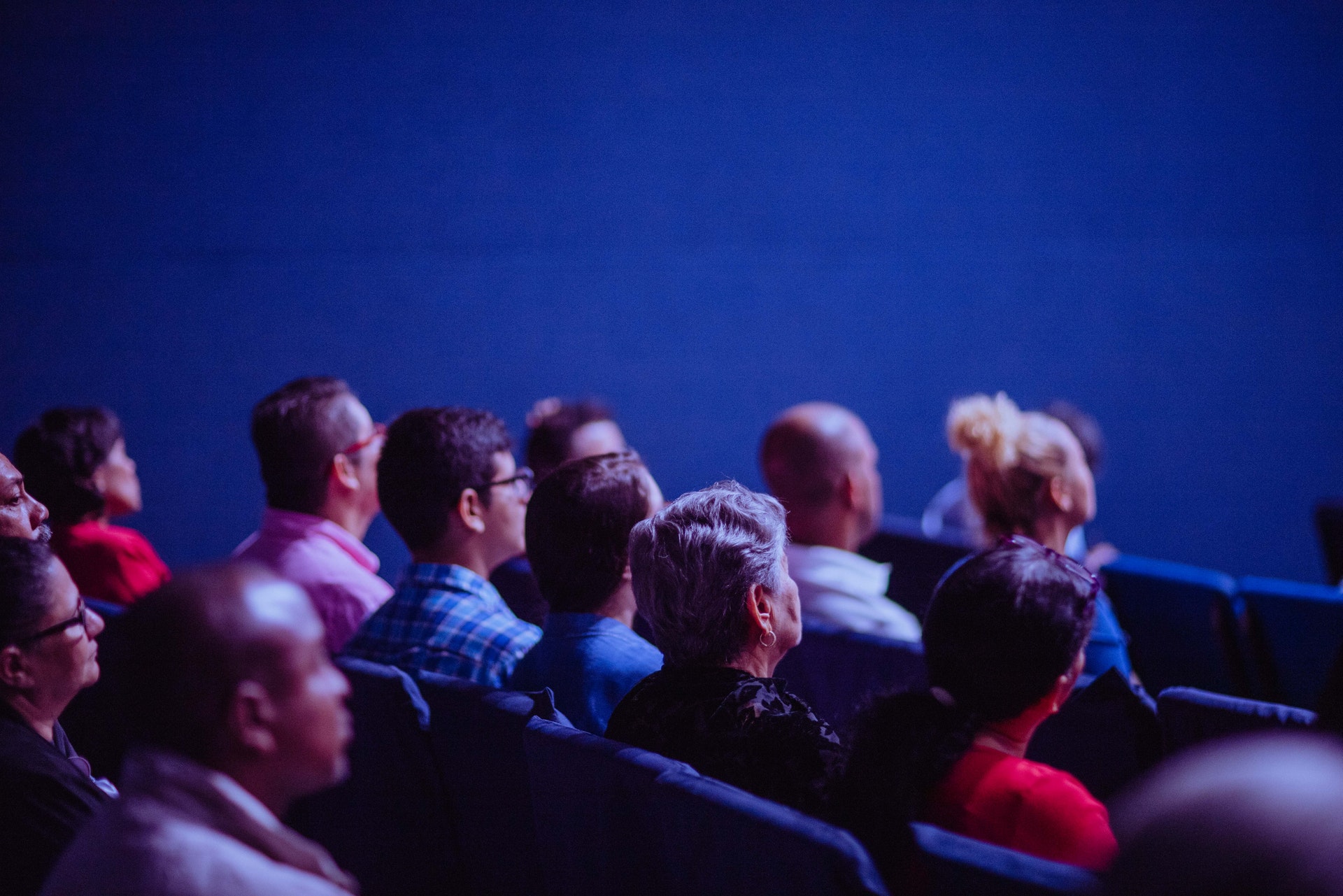How Live Polls Help Audience Interaction During Events
How do you gauge the success of your event? Taking a count of the number of people who attended is one parameter, right? Of course, there are other parameters but audience participation is an important parameter that would give you some input on how to improve or enhance your event.
One way to measure audience participation is live polling with the help of an event app. No longer do you have to ask your audience to raise their hands, or pass around microphones when they need to share their opinion/feedback. With live polling, you can actually coax more response and feedback from them than ever before.
Here are some ways to use live polls to capture audience attention:
1. Ask them thought-provoking questions
In an event with content-heavy presentations, eliciting audience response is not easy. Half-way through the event, the audience might lose track of what’s been said, or they might just lose the thread of thought. To ensure there is meaningful interaction between the speaker and attendee, it would be good to have some thought-provoking questions. This would end the one-way delivery and entice the audience to think.
Through live-polling, the speaker can elicit answers to his/her thought-provoking questions. The responses will come in dynamically and set the ball rolling for more questions and interactions. This would be just perfect for a sleepy afternoon session.
2. Setting up interaction points would be good
Each time you plan a session or host one, it would be a good idea to look at the storyline and have a plan on where you could set up some interaction. Interaction points for engagement are as good as having good content for your presentation. Interaction points are spots that you can add on to your agenda to encourage people to respond. This way, you can make the session alive and interesting. Interaction points would be perfect when you have long, content-heavy sessions because it helps the speaker deliver them in digestible chunks and make the audience receptive.
3. Multiple viewpoints with MCQ
Multiple choice questions will give you multiple viewpoints. If you want to know what your audience thinks, then give them this option and you will be surprised at the answers. People are more willing to participate if they have options because they will find it easier to speak their minds. In order to make it more attractive, you can let them see the results of their own polls on the live screen, so they can see how their interaction will affect the real time charts. This especially works with voting, and people who have been willing to vote would definitely do it. For example, asking a question like “What’s your favorite form of exercise?” will elicit different answers, and you can show the live results on the charts.
4. Making live polls the part of a presentation
Speakers can integrate live polls and audience opinions into the presentation itself. This would not only keep the audience engaged, but it would also help them shape the session according to their responses. Once the audience realizes that you are utilizing their input to approach the presentation, they will be engaged in it more than ever.
5. Word clouds can elicit responses
Word clouds are now used in presentations, especially with the words used by the attendees. You can ask them a particular question and the one-word answer to that would be displayed in real-time on the screen. This one-word answer would be typed in by the attendees (through their smart devices), and the most popular words would appear bigger while the less popular ones would look smaller. Colorful word clouds elicit responses, but that can also help you reiterate the special points in your presentation. This would also help when you are discussing a complex topic, or to get a feel of the shared opinions in the audience.
Word clouds are perfect ice breakers too. You can start your presentation by asking fun questions, to warm up the audience. There are hundreds of simple icebreaker questions that you can ask them, and you can connect this thread to the topic and start your presentation.
6. Plan an event based program involving attendees
Prior to each session, you can research on the demographics and interests of attendees who would be attending it. This way, you can create presentations that resonate with them, thereby encouraging attendee participation. Keeping track of their online behavior would help chart the schedule.This would drastically improve attendee engagement at your event.
7. The right poll type can elicit responses
Choosing the right poll type and knowing where to insert them plays an important role. You can start your session by having a multiple-choice poll, so the audience can get the hang of the session by selecting from the options. It would also help you calculate the level of knowledge in the room. If the level is somewhere between 30 to 70% correct answers, then you can know that the attendees’ knowledge level is average. If only 30% of the people give correct answers, then it’s because the question was too difficult and people may not be as aware of the topic as you thought they would be. For a 70% correct answer poll, the audience knows about the topic and they just need to enhance it.
Then you have the open text polls, where the audience can form their own opinions and just present them. Open text polls are just perfect when you want their opinion in its truest form. Multiple choice questions are, however, more suitable when you want to start off group discussions. Both these options are just perfect for triggering audience interaction, not only with the speakers but also amongst themselves.
Rating polls are also a good way of eliciting a response. As the name suggests, it lets you understand how the presentation was perceived by the attendees.

You can start with a warm-up poll, and then follow it up with real polls during the course of your presentation. This would also give you an idea of how many people voted, so you can say “125 people voted for this poll, now let's increase it to 150, or something like that.
Once the warm-up poll is completed, you can create group discussions based on the results, and set the tone of the presentations. This way, you can cater to the crowd’s interest. Picking the right host for the sessions is also very important. Someone who can make quick-witted responses when audience interest in sessions spiral down is the best choice.
Conclusion
Consider these options to enable the live polling to have a deeper meaning. Intelligent polling can really make it interesting for the attendees. Finally, in the wrap up of your session, you can highlight the summary of the main opinions of the people and put them up on the screen, so they know they have contributed substantially to make the event a success.



